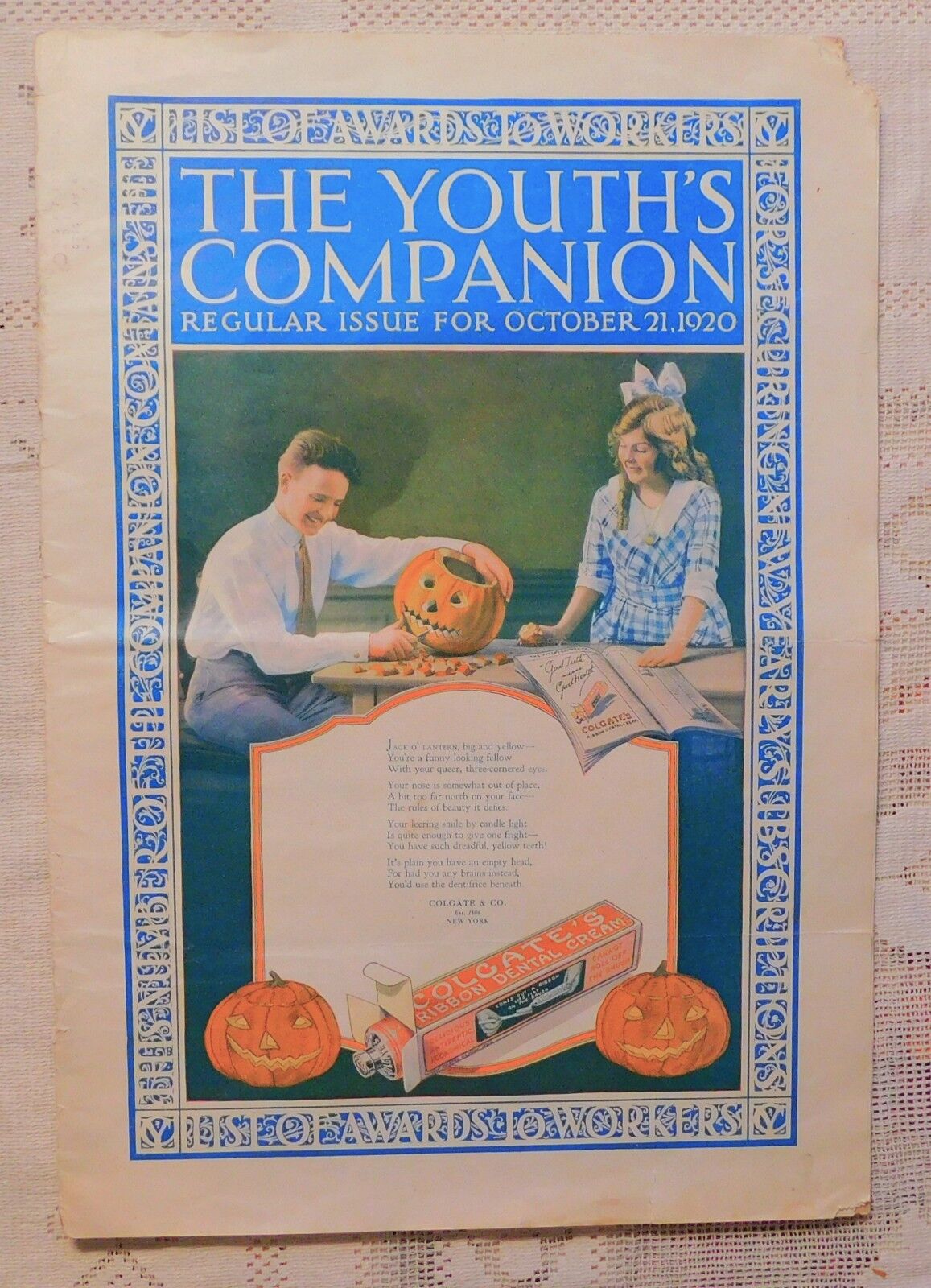The Youth's Companion
The Youth's Companion magazine was a popular periodical published in the United States during the late 19th and early 20th centuries.
Origins and Publication
The Youth's Companion magazine was first established in 1827 by Nathaniel Willis and focused on providing educational and moral content for young readers. Initially a weekly publication, it later transitioned to a monthly format. The magazine gained widespread popularity and became a staple in many households across the United States.
Content and Features
The Youth's Companion magazine covered a wide range of topics targeted at its young audience, including literature, history, science, and current events. The publication aimed to entertain and educate children, instilling values of patriotism, responsibility, and moral character. It featured serialized novels, short stories, poetry, and articles designed to stimulate the imagination and foster learning.
Popular features included puzzles, games, trivia, and contests that engaged readers' minds and encouraged active participation. The magazine also included sections dedicated to showcasing the accomplishments of young achievers, inspiring readers to strive for personal and academic excellence.
Contributions to American Culture
The Youth's Companion magazine played a significant role in shaping American culture. It is best known for publishing the original version of the Pledge of Allegiance, written by Francis Bellamy in 1892. The inclusion of the pledge in the magazine helped popularize it across the nation, and it eventually became an integral part of American civic life.
The magazine also played a prominent role in promoting the observance of national holidays, such as Independence Day and Thanksgiving. It published articles and stories that highlighted the historical significance of these events, reinforcing a sense of national identity and unity among its readers.
Legacy
The Youth's Companion magazine continued publication for over a century before ceasing operations in 1929. During its lifespan, it served as a vital source of education and entertainment for generations of young Americans. The magazine's legacy remains through its contributions to American literature, as well as the enduring influence of the Pledge of Allegiance, still recited in schools and public gatherings today.{{Categories}}